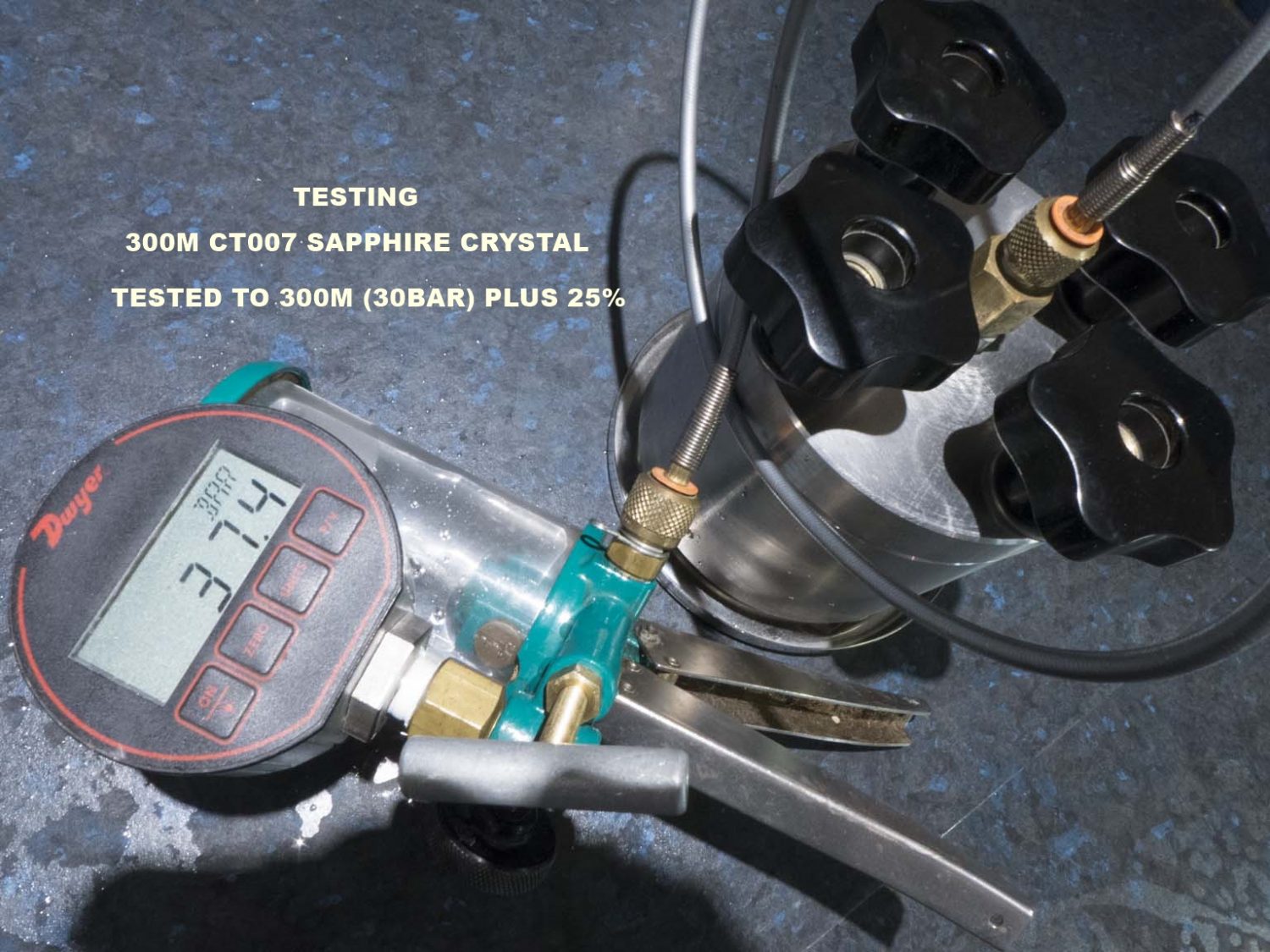Free & Fast USA Shipping Learn More
Unraveling the Truth About Water Resistance on Watches

Unraveling the Truth About Water Resistance on Watches
Easily one of the most misunderstood terms when it comes to watches and timepieces is the term “water-resistant.” Now, before anything else, let’s get this out of the way—no watch can withstand being submerged in water indefinitely. No matter what kind of watch you’re wearing or whatever watch mod parts you have, there’s a limit at how long and how deep a watch can function underwater. Let’s dive deep into what it means for a watch to be considered water-resistant.
Water-Resistant vs. Waterproof
The truth is there is no such thing as a watch that is waterproof. In fact, watchmakers are not legally permitted to use the term “waterproof” on their products since it leads people to believe that water won’t get in no matter what. It gives a false sense of security that no moisture will permeate the case, and the watch can’t leak under any circumstances. This is totally untrue since there are limits to how resistant a watch can be when subjected to water. Therefore, in the watch industry, the correct term to use for a watch’s ability to withstand water pressure is “water resistance.”
What Does It Mean When a Watch Is Stamped with “Water Resistant?”
When a watch is labeled as water-resistant, it just means that it is humidity-protected. It can endure a few water splashes from washing your hands or being caught in the rain. However, this doesn’t mean you can go swimming or take a shower with your watch on.
Important Watch Components for Water Resistance
In almost every water-resistant watch, a tiny gasket made of rubber serves as the watch’s protection against any liquid. The gasket in the form of an O-ring is usually made of rubber or silicon and forms a seal around the stem of the crown, pushers, and correctors that sit inside the case and the crystal. Let’s further break down these parts that make it possible for a watch to be water-resistant.
- Crown – This is an essential part of any watch, and it can be left open by mistake! The crown-stem hole is the weakest point in a watch for water to enter. It is connected to the movement via a hole in the case edge. Whenever you move the crown, the gasket inside it is constantly compressed, chafed, and stressed.
- Caseback – This is basically the back of the watch that holds all of the components inside. The slightest nick in a case or deformity in a gasket will allow water to penetrate the case. Casebacks that are attached with screws create a better seal and offer more water resistance than snap-on casebacks. On the other hand, screw-in casebacks create a double seal, using both the threading and the gasket as a seal, which is the better option overall.
- Gasket – They are the O-rings made of rubber, nylon, or Teflon to create a watertight seal at the joints, where the crystal, caseback, and crown meet the watch case. If the watch is a chronograph, the chronograph pushers will also have gaskets.
Testing Water Resistance
If you care about your watch and are planning to go on a dive to the beach, you should have its water resistance tested once a year. This ensures that your watch’s water-resistant components are not yet compromised.
Conclusion
The water-resistance of watches is perhaps one of the most debated topics by industry experts, customers, and watch enthusiasts. It’s essential to know how water resistance works and its limitations if you want to ensure your watch has enough protection from water.
Crystaltimes USA brings you more watch-related information through our blog page. As America’s number one choice for Seiko mod parts, we are unmatched when it comes to our expertise on watches and the modding community. If you’re looking for watch mods from different brands, models, and styles, our store page carries a vast selection of watch mod parts. Visit our online store to order the finest mod parts in the market today.
